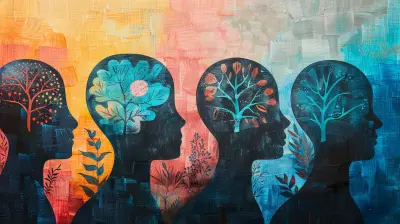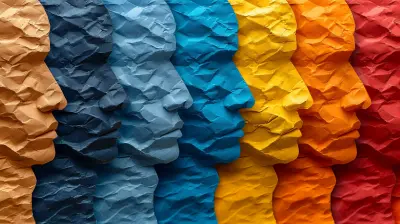The Social Psychology of Crowds: Why We Act Differently in Large Groups
27 July 2025
Ever noticed how people act totally different in crowds than they do alone or in small groups? Think about a packed concert, a political rally, or even a Black Friday sale. It’s like everyone’s collective brain flips a switch. Rational behavior can go right out the window, and suddenly you’re part of something bigger—sometimes inspiring, other times chaotic.
So, what’s going on here? Why do we lose our sense of individuality in a crowd? Let's dive into the wild world of social psychology and break down why humans tend to act in such peculiar ways when they’re surrounded by a sea of other people.
What Is Crowd Psychology?
Crowd psychology, a branch of social psychology, is all about studying how individuals act differently when they're part of a large group. This field explores our thoughts, emotions, and behaviors when we’re immersed in a crowd.You might think, “Well, I’m still me when I’m in a group.” But the truth is, the presence of others can mess with your identity, decision-making, and even your moral compass. It’s like our brains go into crowd-mode, and suddenly we’re more impulsive, emotional, and sometimes... irrational.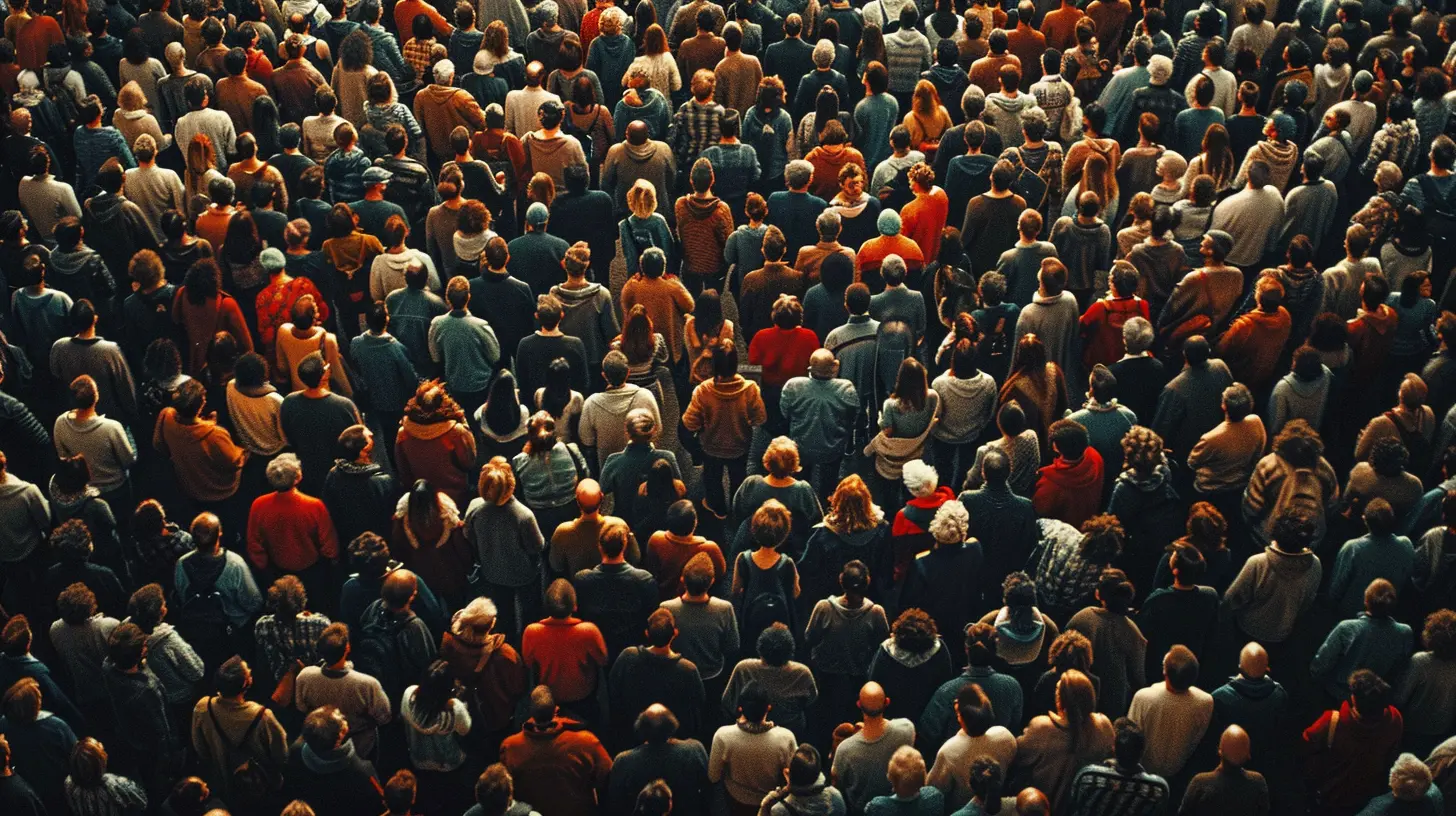
Historical Roots: Where Did This Idea Come From?
Before we jump into the modern-day reasons behind crowd behavior, let’s take a quick stroll through history. The concept isn’t new. Back in the late 1800s, a French sociologist named Gustave Le Bon wrote a book titled The Crowd: A Study of the Popular Mind. He was one of the first to argue that people in crowds lose their sense of self and act on a kind of contagious group emotion.According to Le Bon, crowds are:
- Emotional
- Irrational
- Easily influenced
That might sound a bit harsh, but it laid the foundation for a deeper understanding of human behavior in group settings.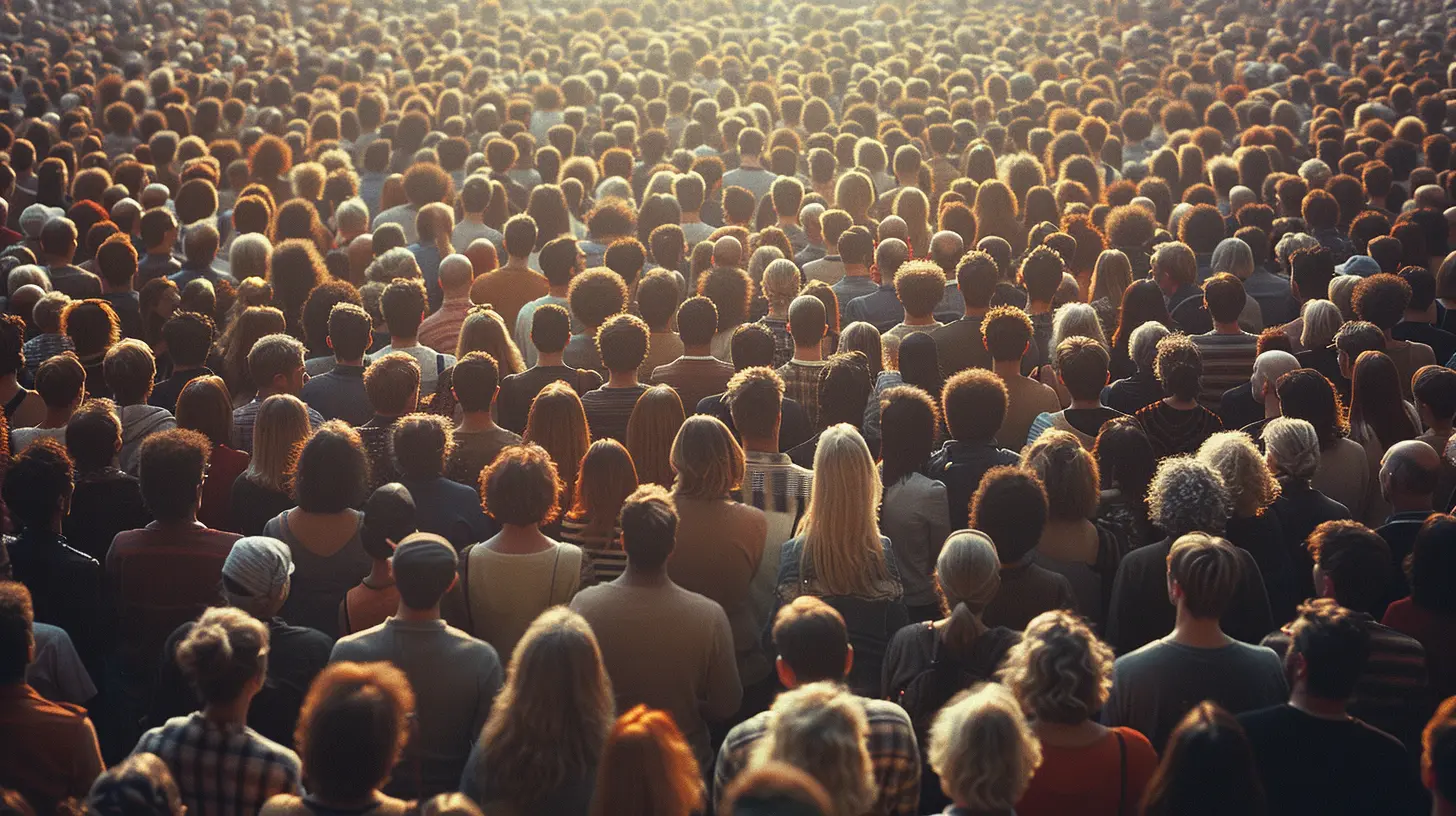
The Psychology Behind Crowd Behavior
There’s no one-size-fits-all explanation, but psychologists have identified several key concepts that explain why our behavior shifts in a crowd.1. Deindividuation: Losing Your Sense of Self
This is probably the biggest player in crowd psychology.Deindividuation happens when you lose your sense of personal identity and responsibility because you’re part of a group. When you’re just another face in the crowd, you may feel less accountable for your actions.
Ever shouted something at a sports game that you’d never say on your own? Or joined in on chants during a protest without really thinking about the words? That’s deindividuation doing its thing.
Factors that fuel deindividuation:
- Anonymity (no one knows who you are)
- High emotional arousal
- Group size (the bigger, the better… or worse)
It’s a bit like putting on an emotional invisibility cloak.
2. Social Contagion: Emotions Are Contagious
Emotions spread like wildfire in crowds. Have you ever started clapping just because everyone else did? Or danced at a concert even though you’re totally awkward in real life?That’s social contagion—the tendency to mimic the emotions and behaviors of those around us.
In a crowd, you pick up on others’ facial expressions, body language, and tone. Your brain mirrors these cues, and before you know it, you’re in sync with the group’s vibe.
This is powerful stuff, and it can swing either way:
- Positive: cheering at a sports win, singing at a concert
- Negative: panicking during an emergency, joining in on destructive behavior
3. Emergent Norm Theory: New Rules in the Moment
When formal rules go out the window, crowds often create their own norms. That’s the idea behind Emergent Norm Theory.Basically, someone acts out in a new or unexpected way, and if others follow, boom—a new norm is born within that group.
Think about flash mobs or viral challenges. One person starts dancing in a subway station, suddenly 20 people join in, and the "norm" in that space has changed—even if just temporarily.
This same principle applies to riots, looting, or aggressive behavior. Once someone breaks the ice, others are more likely to follow.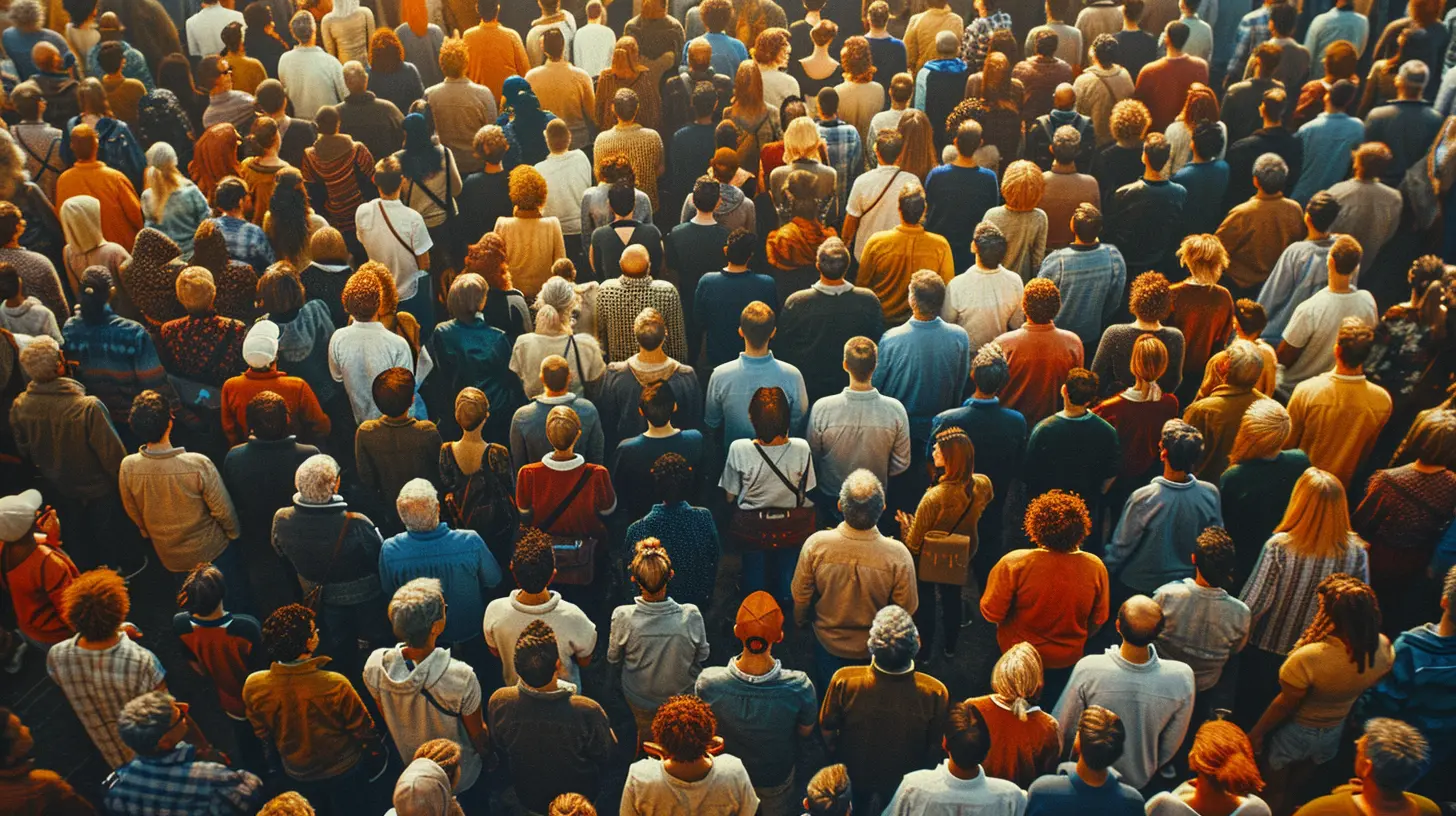
Real-Life Examples of Crowd Psychology
Sometimes the best way to understand all this theory is to look at it in action. Here are a few high-profile examples of how crowd psychology plays out in the real world:1. The 2001 Hillsborough Disaster
A tragic example, but one that highlights the dangers of crowd behavior. During a soccer match in the U.K., a massive crowd surge led to the deaths of 97 fans due to overcrowding. The crowd’s movements became uncontrollable, and panic spread quickly.A major factor? Deindividuation and loss of control within a highly emotional environment.
2. Black Friday Frenzies
Every year, videos go viral of people stampeding into stores for deals. Shouting, pushing, fighting over TVs—what gives?That’s social contagion + emergent norms in action. If everyone’s acting intense and aggressive, a new norm is created, and individual restraint takes a back seat.
3. Peaceful Protests Turning Violent
Many protests begin with peaceful intentions, but some morph into riots. When someone throws a rock or starts looting, others may follow—even if they had no intention of doing so when they arrived. That's emergent norms and deindividuation working overtime.The Good Side of Crowds
Let’s not paint all big-group behavior as negative. Crowds can also bring out the best in people.Think of the energy at a concert, sporting event, or religious gathering. Being part of something larger than yourself can feel incredibly uplifting. You feel connected, inspired, and even euphoric.
Crowds have fueled revolutions, movements, and social change throughout history. The Civil Rights Movement, global climate marches, and humanitarian events all gained power—thanks to the unity and passion of crowds.
So yes, while crowd behavior can lead to chaos, it also has the power to inspire collective action for good.
How to Stay Mindful in a Crowd
Let’s face it—you can’t (and shouldn’t) avoid crowds all the time. But you can be mindful of how they might influence your behavior.Here are a few handy tips:
✅ Stay aware of your surroundings
Emotions and actions are contagious. Pay attention to how you're feeling and acting—ask yourself, “Is this really me?”✅ Stick to your values
Just because others are doing something doesn’t make it right. Remember your personal boundaries.✅ Have an exit plan
In large crowds, especially at events or protests, always know your exits and stay close to friends or companions. Safety first.✅ Don’t be afraid to step back
If you feel overwhelmed, it’s perfectly okay to step away and take a moment to ground yourself.The Role of Social Media in Modern Crowd Behavior
It's 2024, and social media is practically a digital crowd. Think about how quickly sentiments spread online—hashtags, viral videos, groupthink, cancel culture. The principles of crowd psychology apply just as much to Twitter mobs as they do to real-life gatherings.Online, we also experience:
- Anonymity: People say things behind a screen they wouldn't say face-to-face.
- Deindividuation: You feel like "just another comment" in the sea of reactions.
- Social contagion: Emotions and opinions go viral faster than ever.
The scary part? Sometimes digital crowds provoke real-world consequences. Misinformation spreads, panic sets in, and before you know it, the effects move from screen to street.
Final Thoughts: You're Still in Control
Understanding the social psychology of crowds isn’t just academic—it’s practical. The more you're aware of the subconscious forces at play, the more power you have to stay true to yourself, even when you’re one tiny fish in a giant, emotional ocean.So next time you're swept up in the energy of a crowd—whether it's a concert, protest, or social media movement—take a breath. Check in with yourself. And remember, just because everyone else is doing it doesn’t mean you have to.
You're not just a face in the crowd. You’re still you.
all images in this post were generated using AI tools
Category:
Social PsychologyAuthor:

Jenna Richardson
Discussion
rate this article
1 comments
Gisela McAnally
Flock mentality: brains on autopilot!
August 14, 2025 at 4:26 PM

Jenna Richardson
Thank you for your insight! The concept of "flock mentality" highlights how social dynamics can lead to diminished individual critical thinking in crowds. It’s a fascinating aspect of social psychology.

